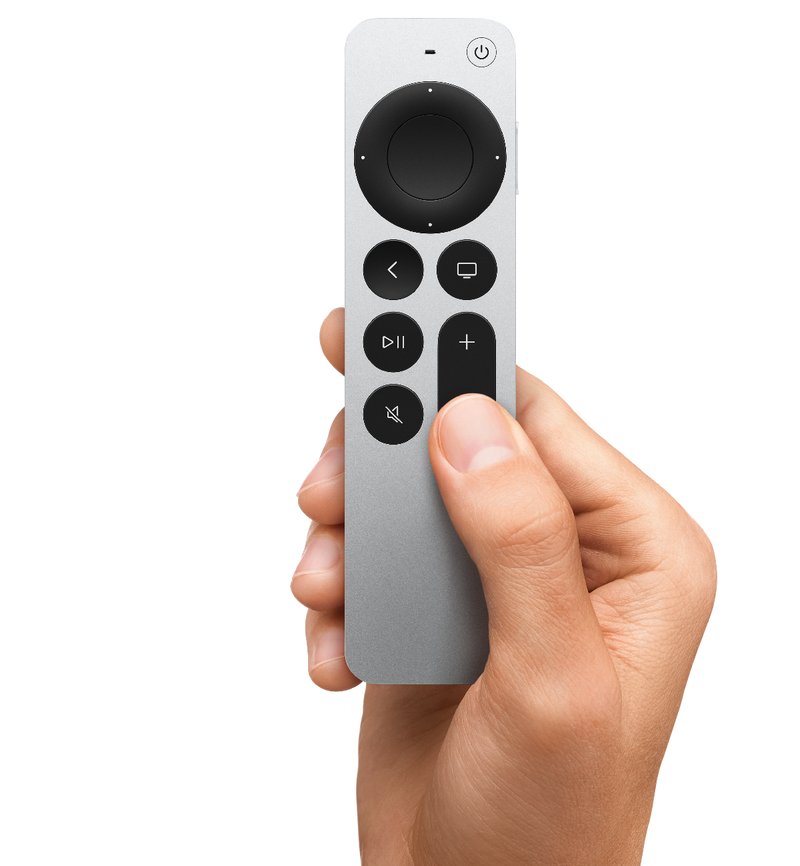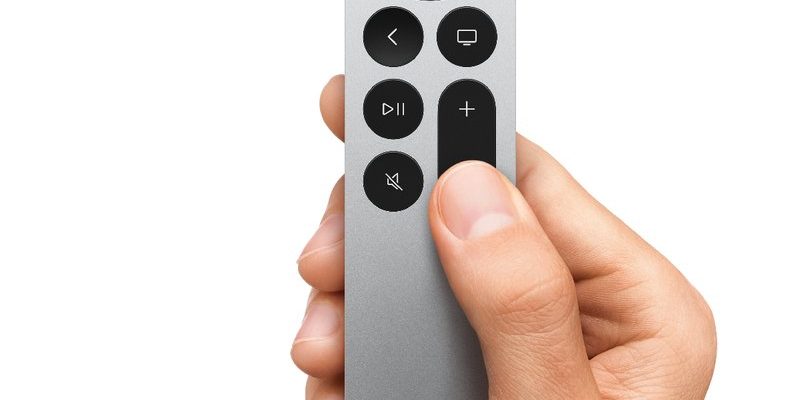
Apple TV streaming devices are popular for their minimalist remotes—sleek, touch-friendly, and about as complicated as a spoon. But not all remotes are created equal, and not all TVs want to play nicely. So, if you’re staring at your Samsung, LG, Sony, or TCL smart TV wondering if the Apple TV remote will step up and take charge, let’s break it down from scratch. I’ll walk you through how Apple TV remotes work, what they can (and can’t) do with smart TVs, and how to wrangle compatibility. Because if you’re like me, you want fewer remotes and more couch time.
How Apple TV Remotes Communicate: Understanding the Basics
Let’s take a closer look at how the Apple TV remote actually sends its magic signals. Unlike classic remotes that depend solely on infrared (IR)—think “point and shoot, don’t block the path”—the newer Apple TV remotes use both IR *and* Bluetooth. The original silver Apple remote is mostly IR, while the more modern Siri Remote (the one with the glass touchpad) uses Bluetooth for pairing with the Apple TV box and IR to control basic TV functions like volume and power.
Why does this matter? Imagine trying to talk to a friend in a foreign language. If your TV “speaks” IR, but your remote only “speaks” Bluetooth, it won’t matter how many times you yell the command. That’s why compatibility depends on what language—aka, what *protocol*—your devices use. Apple’s remote is fantastic with the Apple TV box, but when it comes to taking over your smart TV’s main controls, things get a bit tricky.
Some TVs will respond to the IR signals from the Apple TV remote, letting you control volume or power without fuss. Others? They just stare blankly back, waiting for their native remote. It’s a mixed bag, and knowing which signal does what will actually spare you a ton of frustration.
Apple TV Remote Compatibility With Popular Smart TVs
Here’s the thing: not every smart TV rolls out the red carpet for the Apple TV remote. But let’s get specific. Samsung, LG, Sony, TCL—they all have their quirks. Most smart TVs have IR receivers for *some* of their functions, and that’s where the Apple TV remote can pinch-hit. For example, my friend has a Samsung TV and with just a bit of setup, the Apple TV Siri Remote could handle volume adjustment and even power on/off. It felt like winning a mini-lottery.
But don’t get too excited just yet. The catch: not every function is up for grabs. You can’t flip through TV menus or switch HDMI sources using the Apple TV remote alone. The remote sends out IR signals for volume and power, but anything “smarter”—like browsing TV apps or using the TV’s menu—usually needs the TV’s own remote.
Some newer TVs also support HDMI-CEC (Consumer Electronics Control), which is basically a behind-the-scenes code that lets devices talk to each other over HDMI cables. If both your TV and Apple TV box have HDMI-CEC enabled, you can do cool things like turning on the TV by waking the Apple TV. Still, the actual “remote” control is mostly for volume and power, not all those extra-smart features.
Pairing and Syncing the Apple TV Remote With Your Devices
If you want your Apple TV remote to boss your TV around, there’s usually a bit of setup involved. Here’s how it typically shakes out. First, make sure your TV’s IR receiver isn’t blocked (no books, no Lego castles—trust me). For most TVs, the Apple TV remote’s IR signals for volume and power will just work, especially if you’ve set up the Apple TV box correctly.
But sometimes, especially with soundbars or older TV models, you’ll need to dig into the Apple TV settings. Go to:
- Settings → Remotes and Devices → Volume Control
Here, you can either pick “Auto” and cross your fingers, or manually “learn” your remote codes if things aren’t syncing. The manual way is almost like teaching a dog a trick—tedious, but kind of satisfying when it finally works.
If you’re pairing the Siri Remote itself (maybe after a lost remote panic), you usually hold it near the Apple TV box and press and hold the “Menu” and “+” buttons. For Bluetooth syncing, make sure there’s no interference and the remote’s battery isn’t toast. And if all else fails? A classic reset—unplug and replug—never hurts. Honestly, it’s like tech therapy.
Troubleshooting Common Remote and TV Issues
You might be wondering: what if it just doesn’t work? Welcome to the club. Sometimes the Apple TV remote just refuses to play nice. Maybe it controls the Apple TV but ignores your TV’s volume, or it works sporadically. Here’s what I do:
- First, check the battery. I know it sounds silly, but a weak battery can make the remote act weird.
- Second, make sure you’re pointing at the IR sensor on your TV, not at some random corner of the room.
- If your TV has multiple HDMI ports, sometimes switching the Apple TV box to another port (and making sure CEC is enabled) magically solves sync issues.
- Try resetting the remote—hold down the “Menu” and “Volume Up” buttons for 5 seconds. This often helps if the remote is just “stuck.”
If all else fails, double-check your Apple TV and TV firmware. Sometimes an update adds better device compatibility. And, hey, if you’ve gone through all the steps and still get nothing? It might just not be a match.
Here’s an insight: Not every smart TV will work perfectly with the Apple TV remote, even if it feels like it “should.” A little trial and error goes a long way, so don’t feel bad if it takes a few attempts—or if you decide to keep the TV’s own remote close by for backup.
Universal Remotes vs. Apple TV Remotes: What’s the Difference?
At this point, you might be tempted to ditch the Apple TV remote and go for a universal remote. Universal remotes are like Swiss Army knives—they’re designed to handle multiple brands, codes, and functions, including syncing with different devices from different makers. They often come with giant code books (or auto-syncing via apps) and can take over not just TV and Apple TV, but soundbars, Blu-ray players, and more.
The Apple TV remote, on the other hand, is more like a specialized tool. Sleek and dedicated, but not much of a multitasker. It’s built mainly to command the Apple TV streaming box, with just enough IR to nudge your TV’s volume or power if you’re lucky.
If you want to control every device in your entertainment setup with one remote, a universal remote is often less frustrating. But if your main goal is a minimalist setup—just Apple TV and basic TV controls—the Apple TV remote is fine and keeps things uncluttered.
Specific Use Cases: When Does the Apple TV Remote Shine?
Let me explain where the Apple TV remote *really* shines. If you mostly watch content through your Apple TV box and don’t need fancy TV features like switching inputs or adjusting picture settings every five minutes, the Apple TV remote is perfect. It’s small, easy to use, and super responsive with the Apple TV streaming device.
Let’s say you mostly stream Netflix, Disney+, or YouTube via the Apple TV. Volume, play/pause, and power are really all you need. In my experience, it’s lovely not having to juggle two or three remotes every time you want to binge a show.
But if you use your smart TV’s own apps a lot—the built-in Netflix or Hulu, for example—or need to adjust TV picture settings regularly, you’ll want the TV’s own remote nearby. The Apple TV remote just doesn’t have the buttons or codes for those features.
Alternatives: Using the Apple TV Remote App or Third-Party Solutions
Here’s a secret weapon: the Apple TV Remote app. Available on iPhones and iPads, this app can control your Apple TV device over Wi-Fi—not IR or Bluetooth—and offers a full virtual keyboard for searching and entering passwords (which, honestly, is a lifesaver). It can’t directly control your TV’s volume or power unless your iPhone and Apple TV box are both playing well with your TV (usually via HDMI-CEC).
Third-party remotes, like those from Logitech or Sofabaton, often have deep libraries of remote codes and can sync with multiple devices using IR, Bluetooth, or both. If you’re tired of the guessing game, these can cover all your needs, though they often require more setup.
Some folks even use smart home setups like HomeKit or Alexa-enabled routines to control their entertainment centers. These can get a bit nerdy, but if you like tinkering, it’s a cool way to have everything under one roof (or app).
Real-World Compatibility Table: Which TVs Work with the Apple TV Remote?
To make things a little clearer, let’s lay out a quick reference for common smart TV brands and what you can expect when using the Apple TV remote. This isn’t everything, but for most setups, it holds true:
| TV Brand | Apple TV Remote Controls Power? | Apple TV Remote Controls Volume? | TV Menus/Apps Controlled? |
| Samsung | Yes (IR or HDMI-CEC) | Yes (IR or HDMI-CEC) | No |
| LG | Yes (IR or HDMI-CEC) | Yes (IR or HDMI-CEC) | No |
| Sony | Yes (HDMI-CEC preferred) | Yes (IR or HDMI-CEC) | No |
| TCL | Varies (IR/CEC support needed) | Varies | No |
Final Thoughts: Making Peace With Your Remotes
Getting your Apple TV streaming device remote to control your smart TV can feel like convincing two cats to share a sunbeam. Most of the time, you can get basics like volume and power working smoothly with a few tweaks, but don’t expect full control over your TV’s built-in apps or menus. The Apple TV remote is designed to do its job really well—run your Apple TV box with style and simplicity—but it doesn’t want to take over the entire living room.
If you crave single-remote nirvana, look into universal remotes or beef up your setup with smart home integrations. Or, honestly, just keep the TV’s own remote handy for occasional deep dives into its settings. At the end of the day, it’s about what works best for *your* routine. And hey, if you lose the Apple TV remote in the couch cushions (been there!), at least you know your TV one is still waiting patiently on the coffee table.
